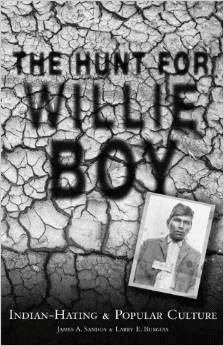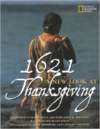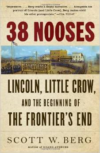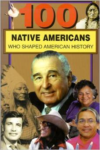Description
In The Hunt for Willie Boy: Indian-Hating and Popular Culture, James A. Sandos and Larry E. Burgess retell the story of the Paiute-Chemehuevi Indian, Willie Boy, using previously unheard Indian voices and correcting the prevailing white story in almost every major detail. In September 1909 a sensational double killing in Southern California led to what has been called the West’s last famous manhunt. According to contemporary (white) newspapers, an Indian named Willie Boy killed his potential father-in-law in a fit of drunken lust, kidnapped his intended, and fled with her on foot across the deserts of Southern California. They were pursued by multiple posses, and when the girl slowed his flight, Willie Boy heartlessly murdered her and ran off. He later returned to the scene of his crime, encountered another posse, and, in the ensuing shoot-out, used his last bullet to kill himself. This story has survived more than eight decades, sustained in large measure by Harry Lawton’s well-received novel, Willie Boy: A Desert Manhunt (1960), and then by the important Robert Redford film, Tell Them Willie Boy Is Here (1969), based upon the novel. Missing until now, however, has been a historical account that incorporates pertinent Indian perspectives into the story. Sandos and Burgess use three disciplines – history, ethnohistory, and literary analysis – in their attempt to recover the events and motivation of Willie Boy’s real story from the realm of popular, Indian-hating culture. Besides examining the story and its changing audiences over the years through the novel, the film, and historical records never used before, Sandos and Burgess center their work on interviews with members of theChemehuevi Indian families that were directly involved. Presenting their discoveries in a dynamic form more like investigative reporting than conventional history writing, the authors bring the Indian story into a dialogue with the prevailing white version, offering a more balanced rete






Reviews
There are no reviews yet.